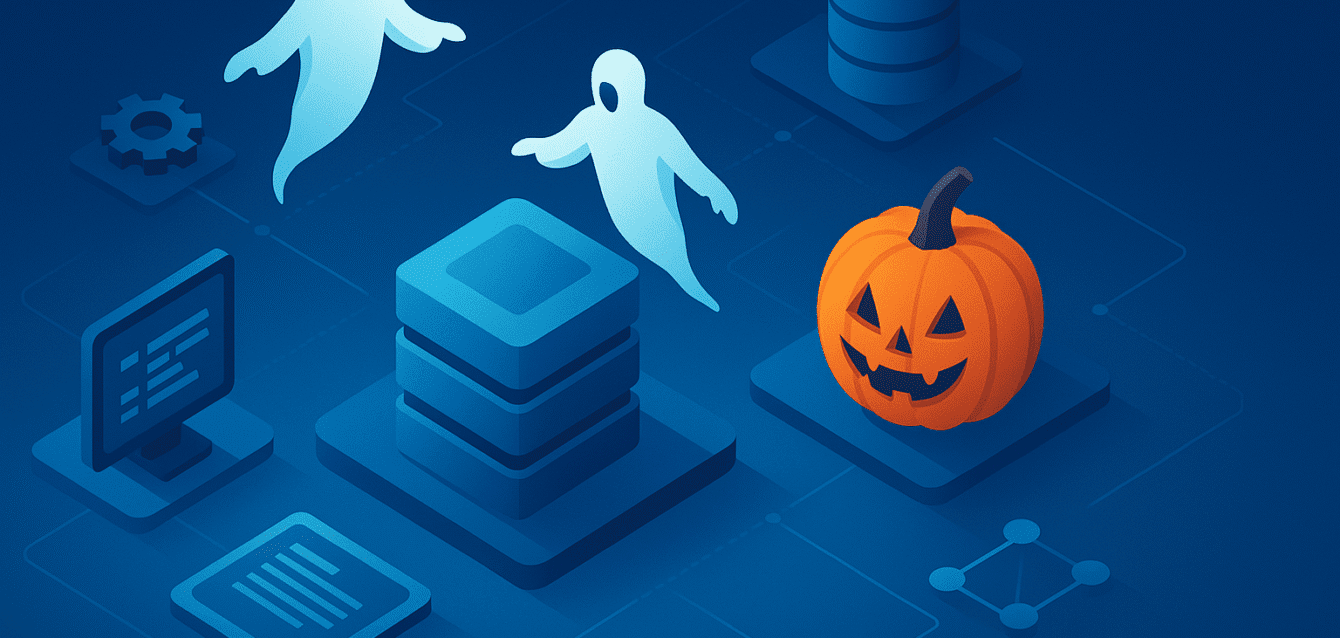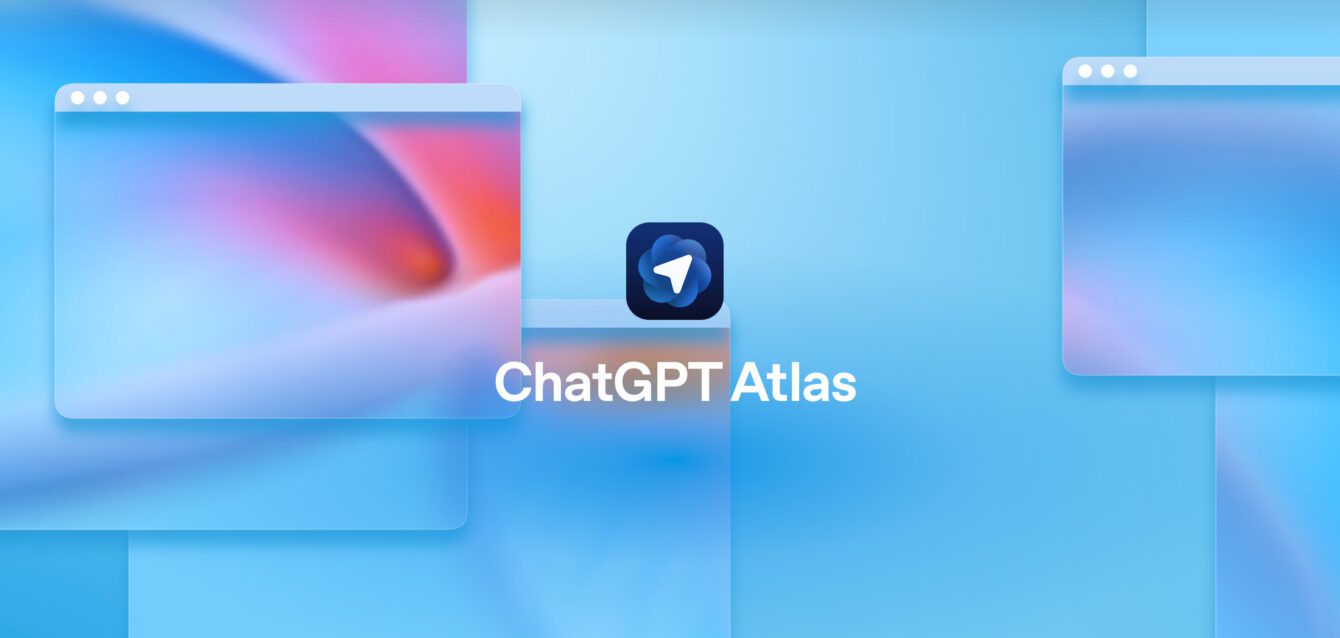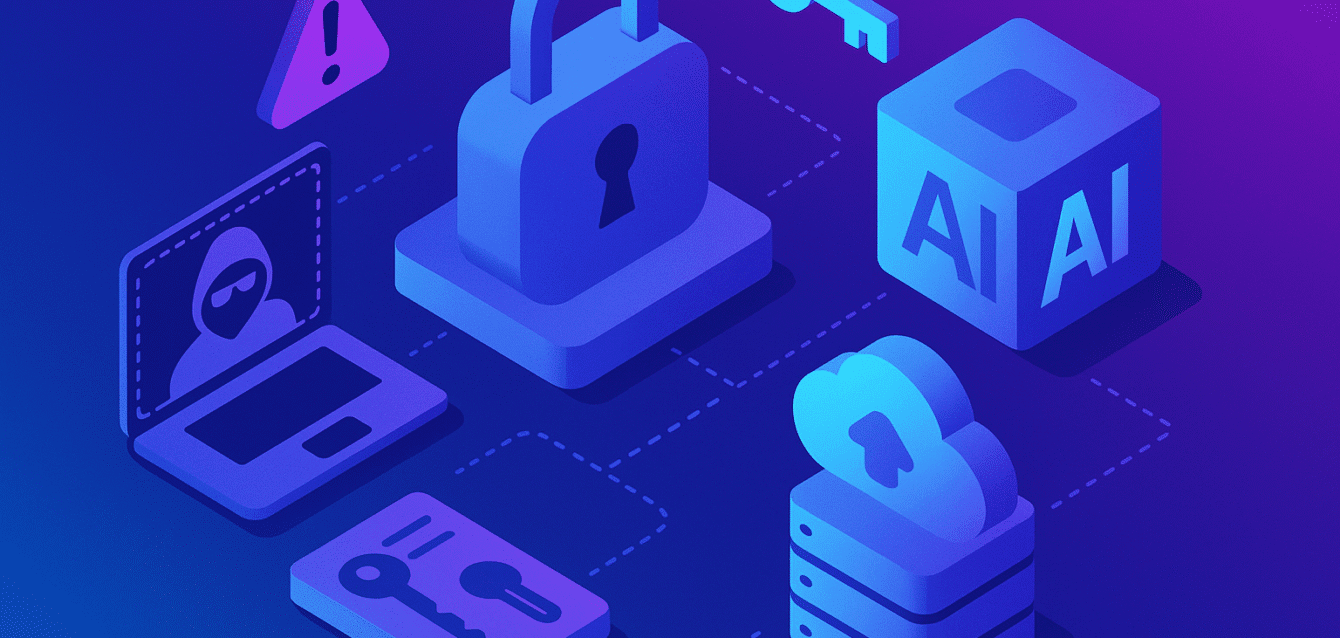Shadow AI is creating hidden risk across enterprises as unapproved tools, copilots, and agents handle sensitive data beyond security oversight. Learn how invisible AI endpoints and persistent model memory expose organizations and why visibility and governance are now critical.
OpenAI Atlas Security Risks: What Enterprises Need to Know
On October 21, OpenAI launched ChatGPT Atlas, a Chromium-based browser that integrates ChatGPT directly into the browsing experience. Perplexity launched Comet earlier this month, The Browser Company released Dia, and both Chrome and Edge now include embedded AI capabilities. Atlas combines…
Acuvity Releases 2025 State of AI Security Report
[Press Release] Acuvity AI Releases 2025 State of AI Security Report: Enterprises Brace for AI Incidents Amid Runtime, Shadow AI, and AI Governance Gaps Half of enterprises expect data loss, 49% anticipate Shadow AI incidents, 70% lack optimized AI governance, and…
One Line of Code, Thousands of Stolen Emails: The First Malicious MCP Server Exposed
In September 2025, researchers confirmed the discovery of a malicious Model Context Protocol (MCP) server embedded in an npm package named postmark-mcp. The package presented itself as a connector for transactional email services but contained a small modification that copied every…
What is Generative AI Security?
Generative AI security is the set of practices and controls that keep large language models (LLMs) and other content-producing AI systems safe from misuse, manipulation, or data exposure. It focuses on protecting the algorithms, training data, and outputs so the technology…
The AI Supply Chain: Lessons from the Drift Incident
The first major AI-adjacent SaaS supply-chain breach has arrived. In August 2025, attackers exploited integrations tied to Salesloft’s Drift app, an AI chatbot and sales automation assistant, to compromise OAuth tokens and pivot into Salesforce and Google Workspace. This was not…
What is Shadow AI?
Shadow AI refers to employees using artificial intelligence tools—often generative AI—without approval or oversight from IT, security, or compliance teams. These unsanctioned tools can expose sensitive data, create compliance gaps, and weaken security controls. Understanding what Shadow AI is, why it spreads, and how to manage it is now a critical priority for CIOs, CISOs, and governance leaders.
AI Misuse in the Wild: Inside Anthropic’s August Threat Report
Anthropic released its August 2025 threat intelligence report, adding to a growing body of evidence that artificial intelligence is now deeply embedded in criminal operations. Security researchers have long anticipated this shift, but the specificity of the examples in this report makes…
Key Takeaways from IBM’s 2025 Cost of a Data Breach Report
For 20 years, IBM’s Cost of a Data Breach Report has been one of the industry’s most trusted sources on the financial and operational impact of security incidents. Each edition provides a rare combination of breadth, spanning hundreds of breaches across industries and geographies,…









